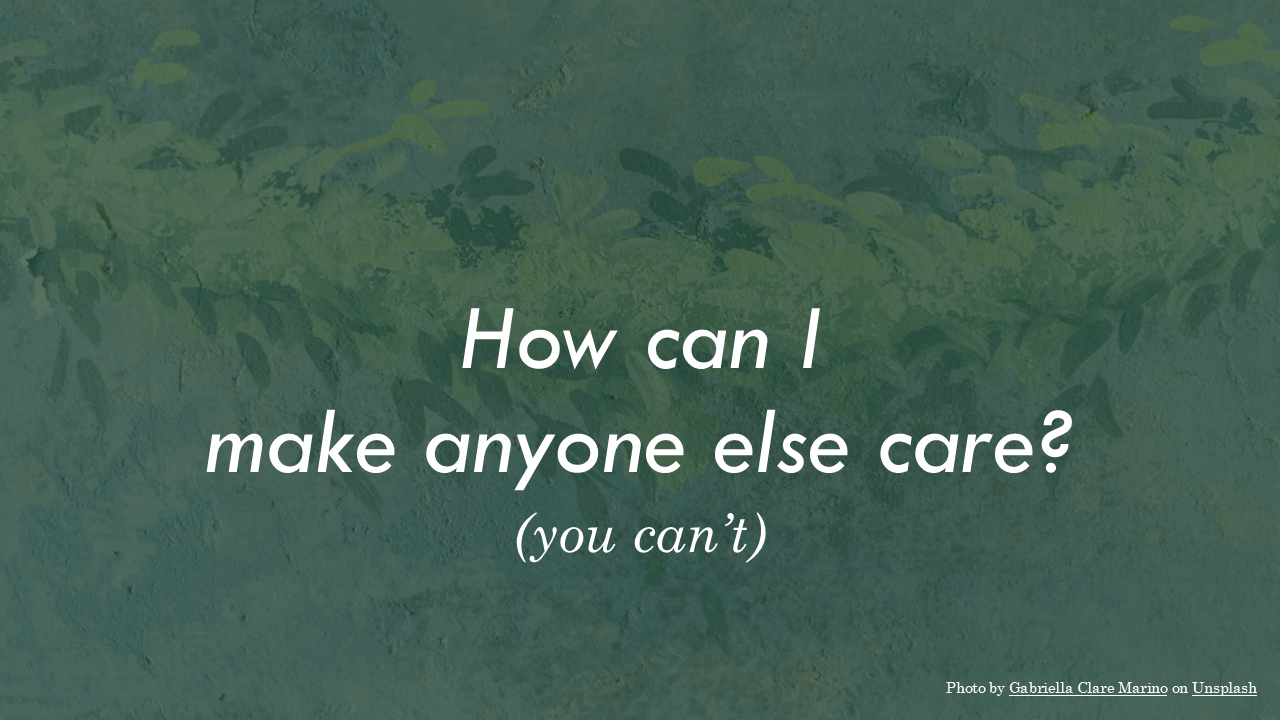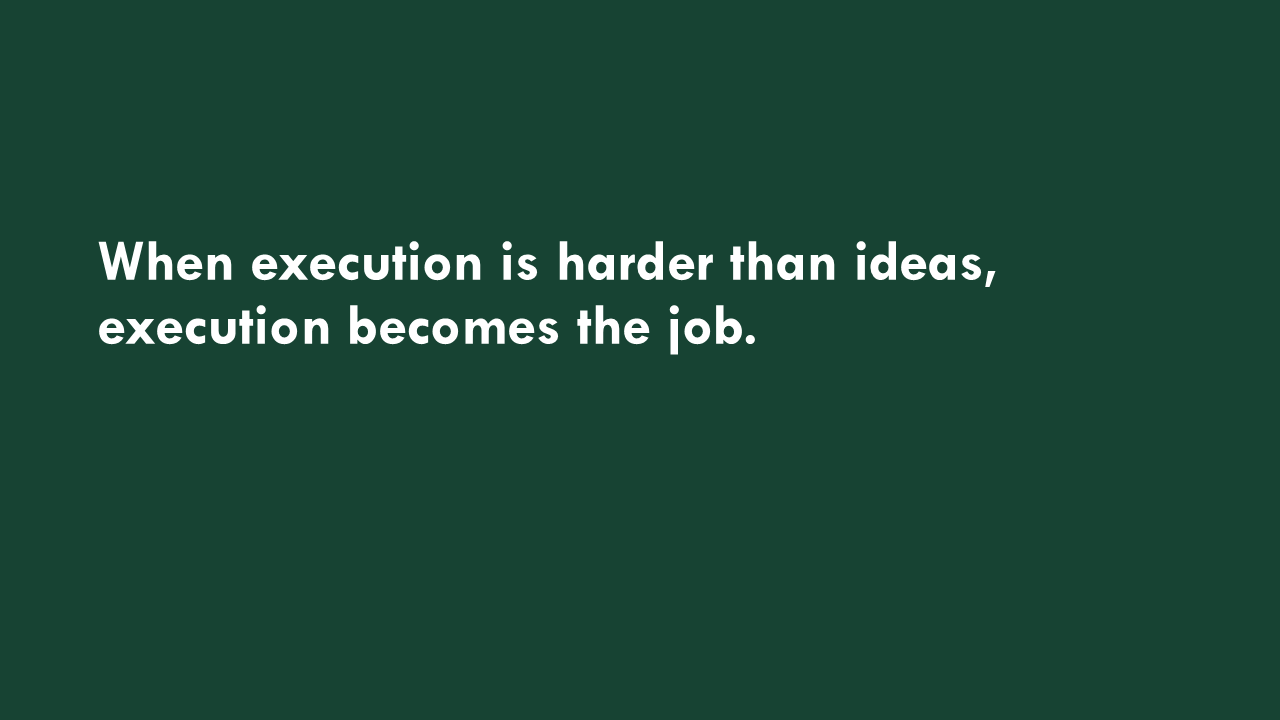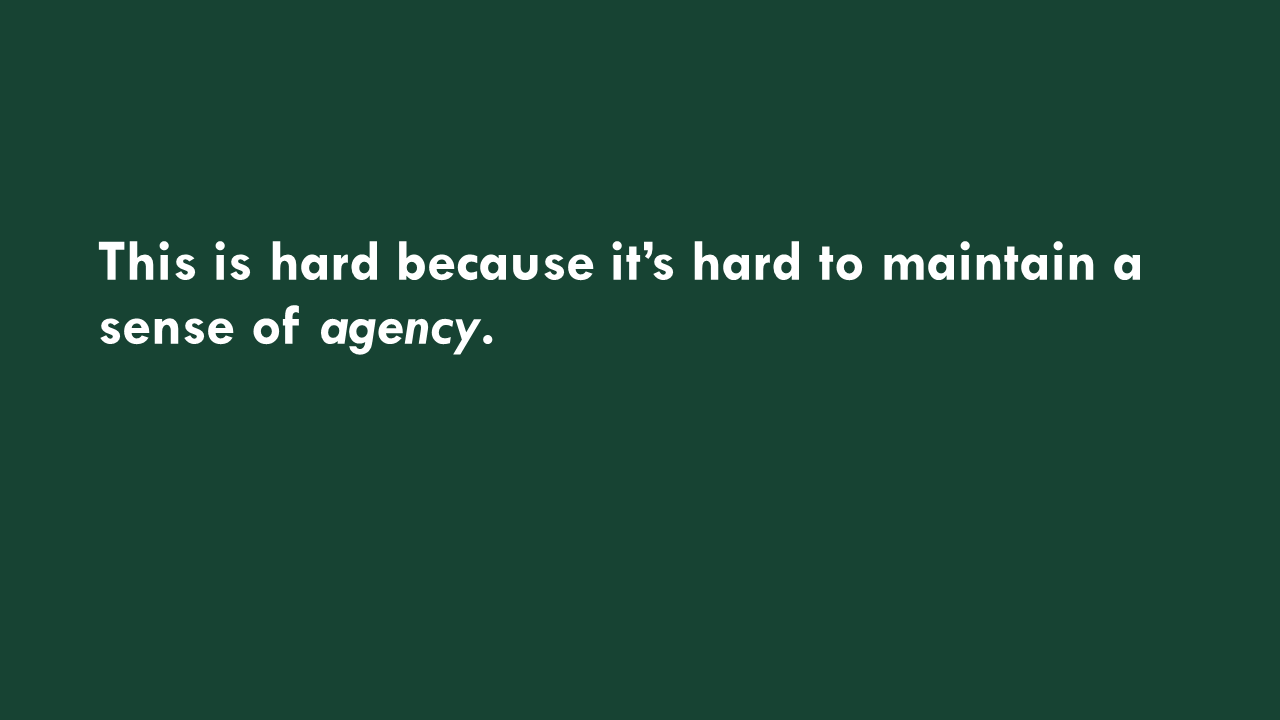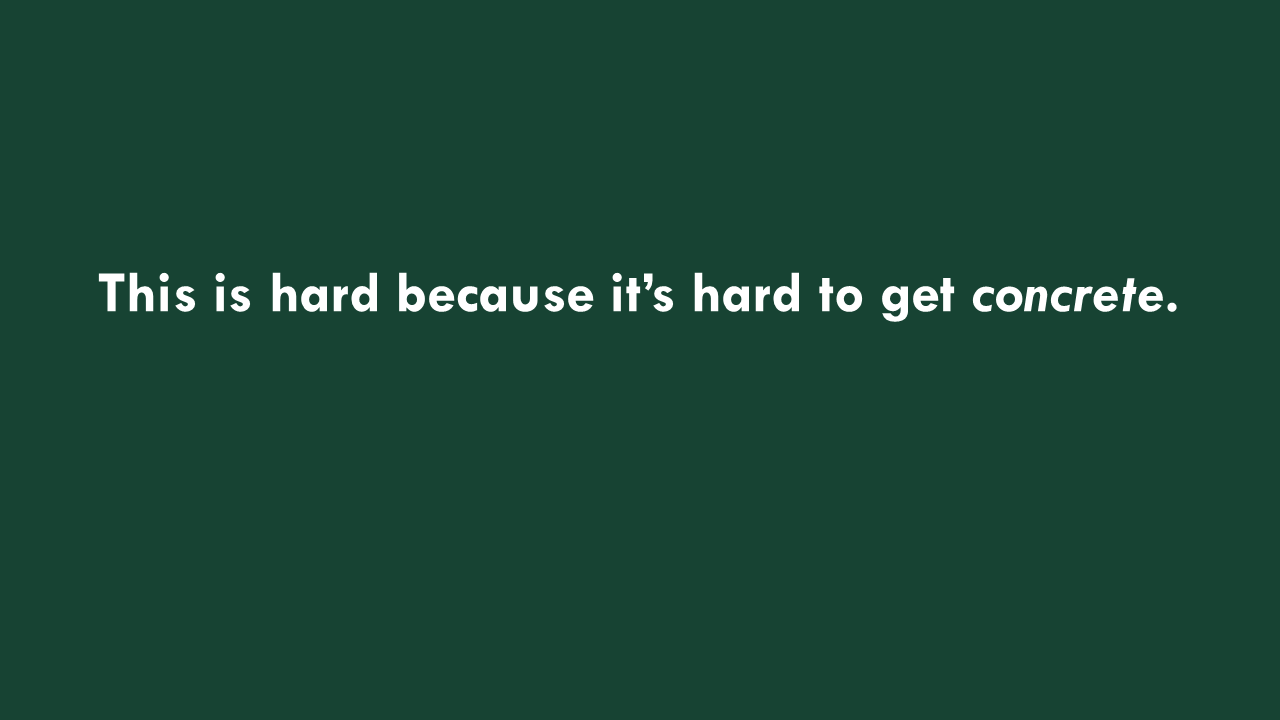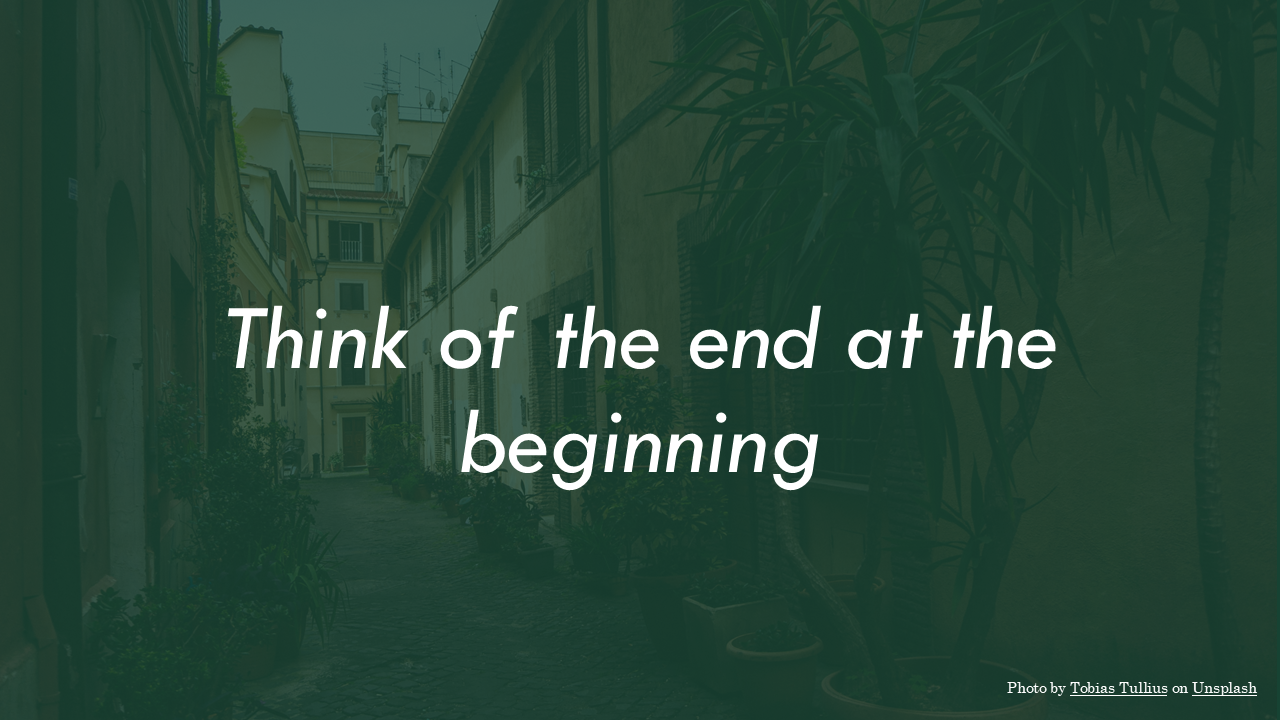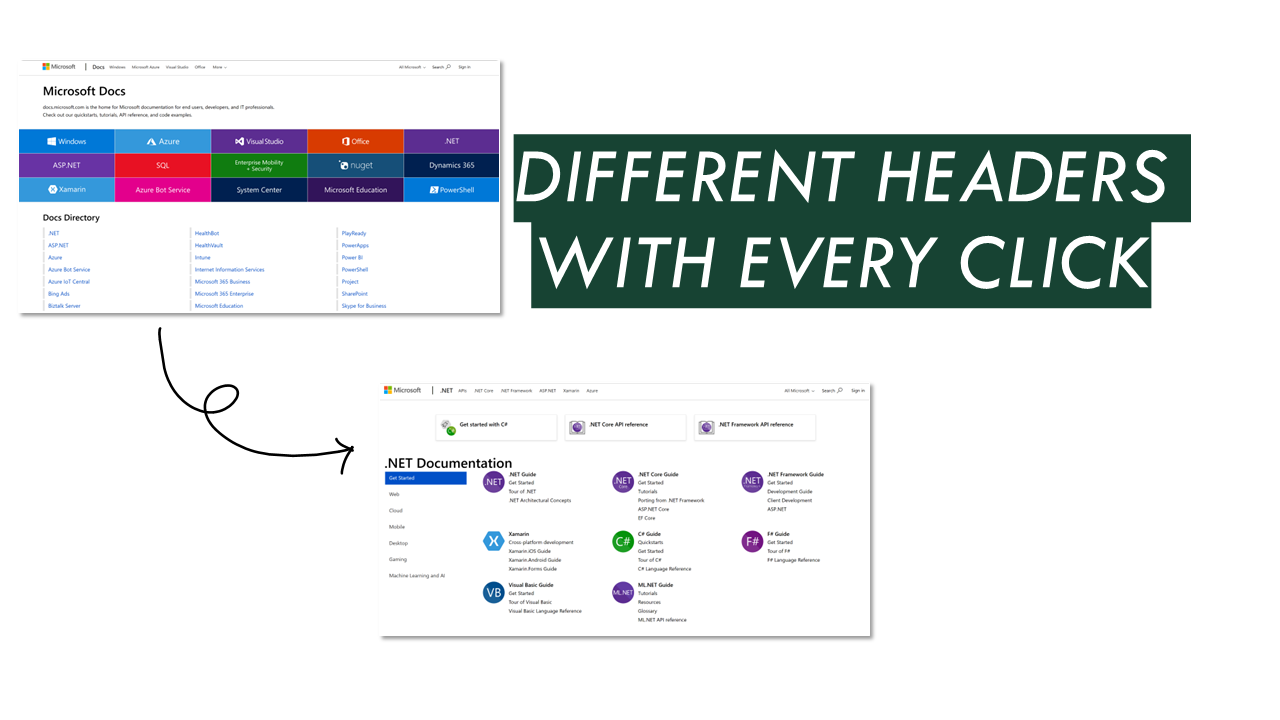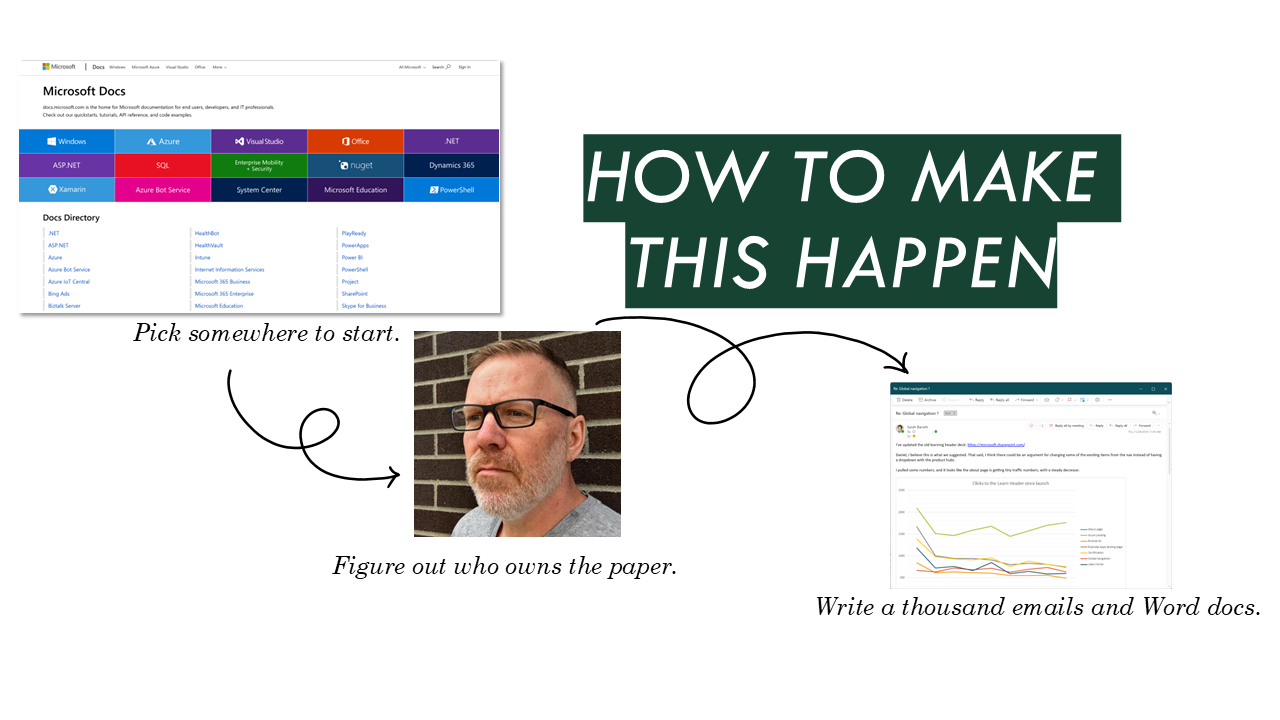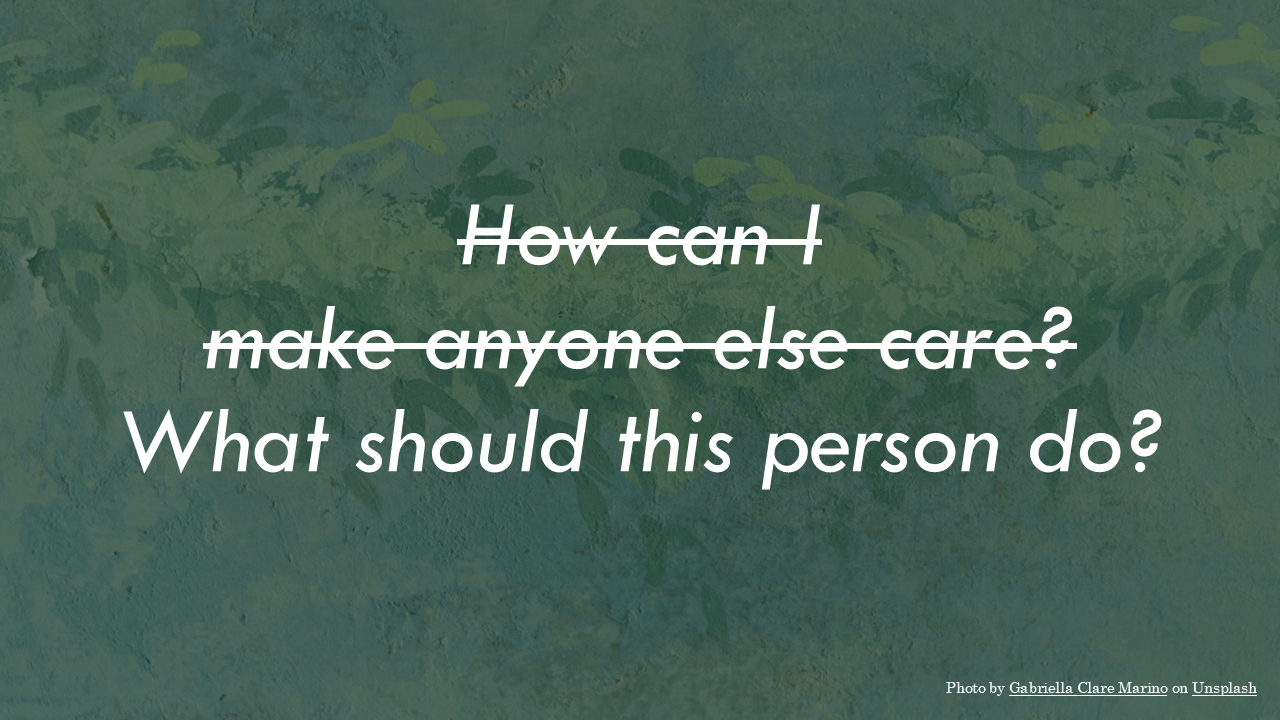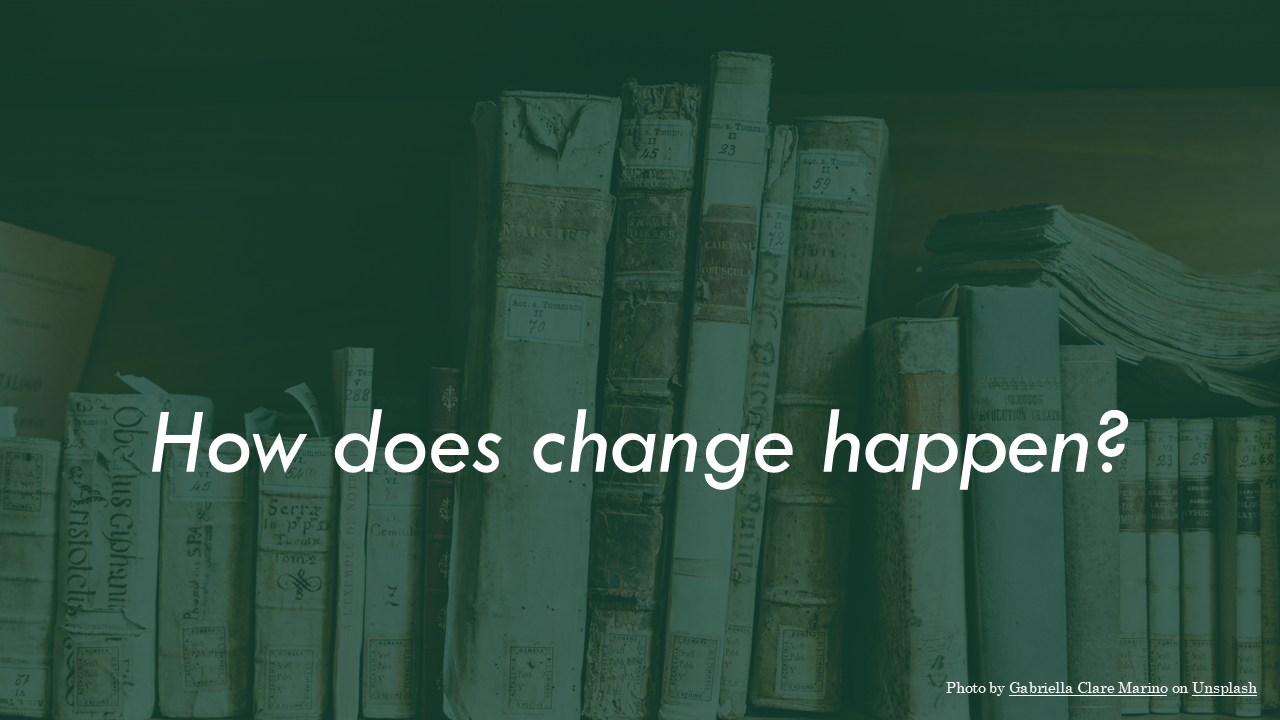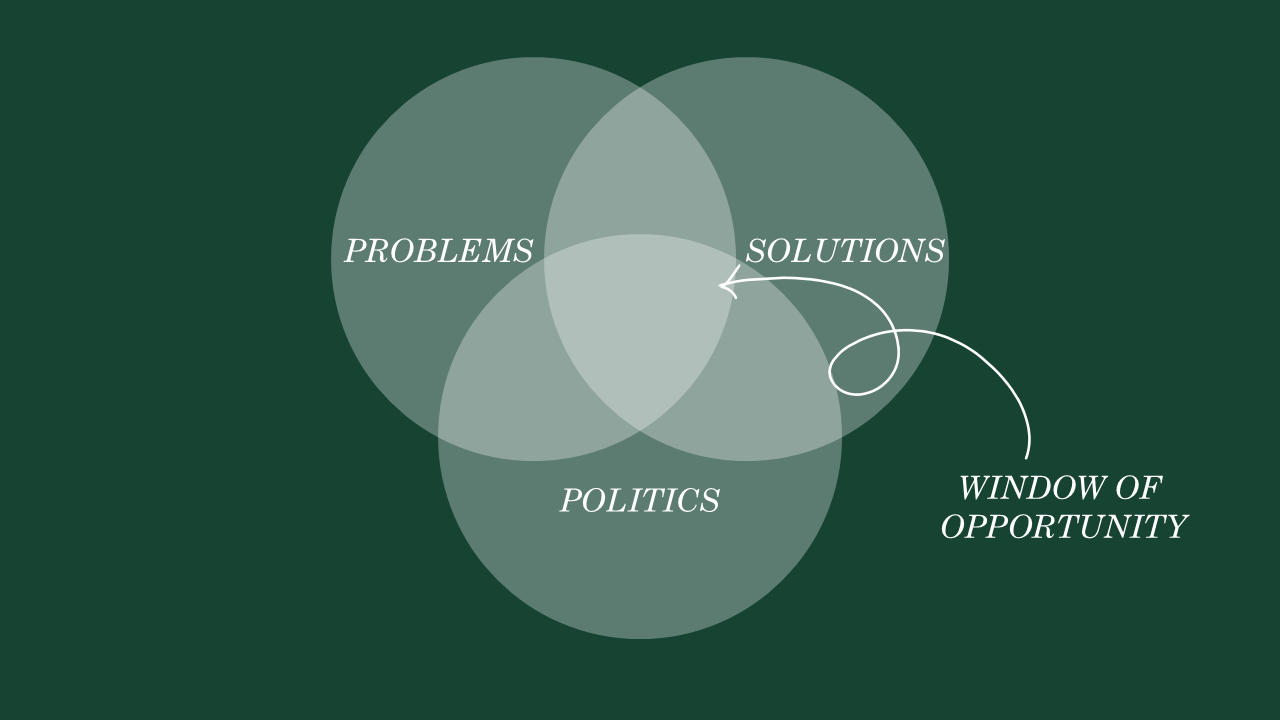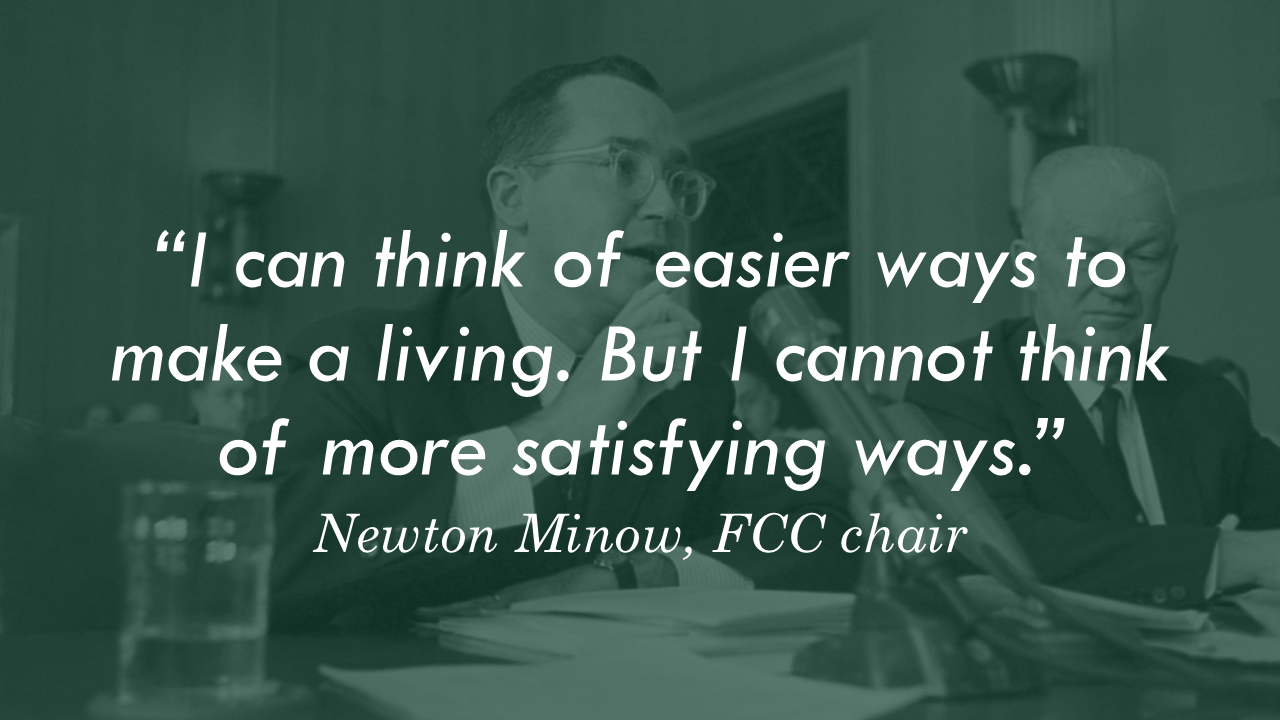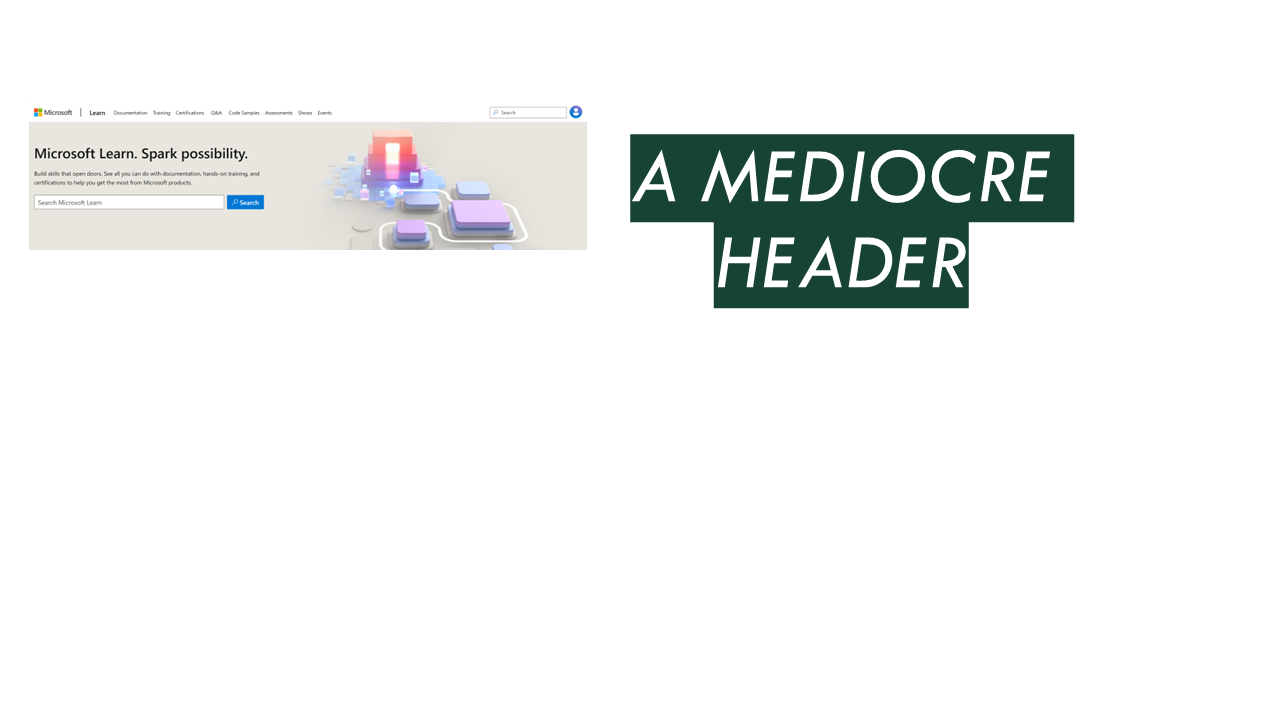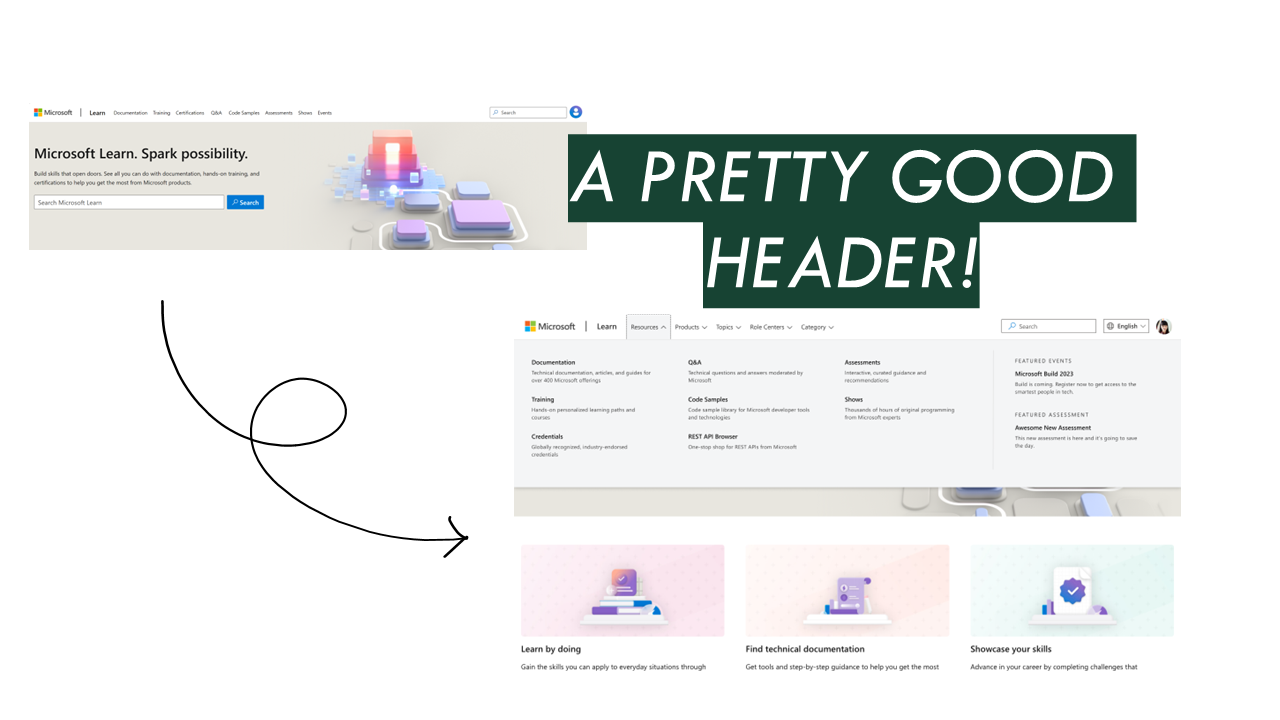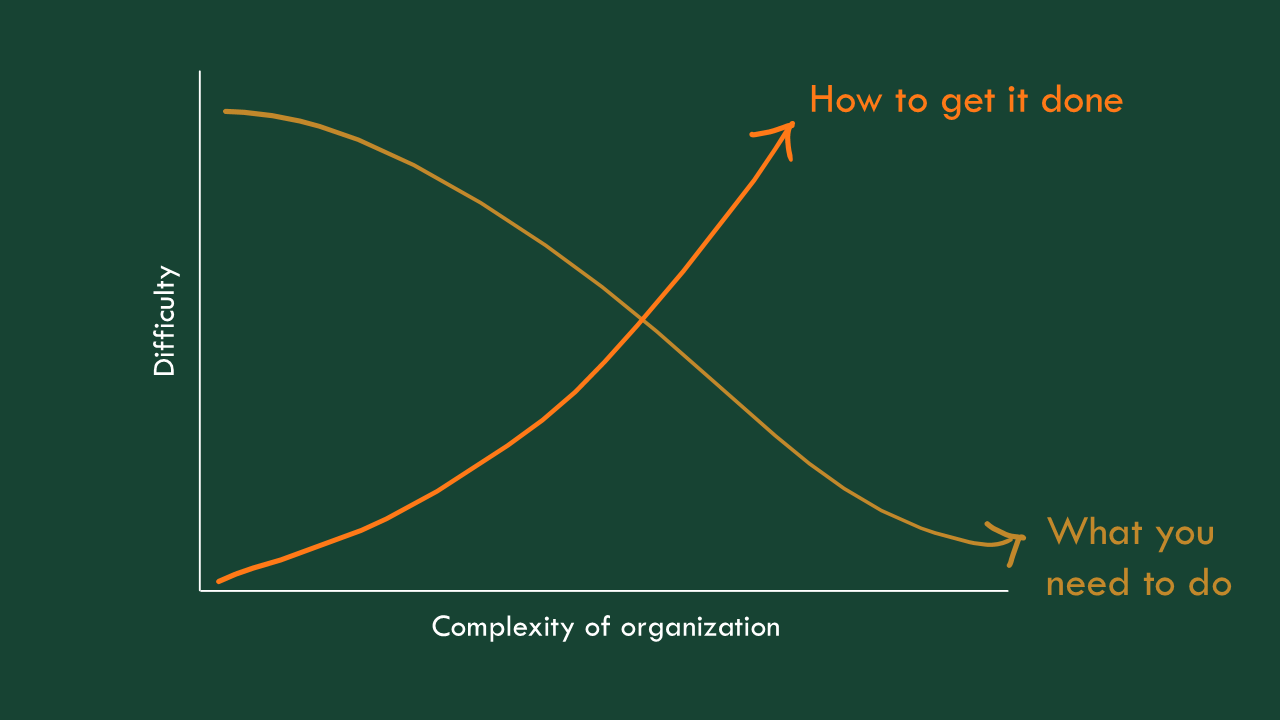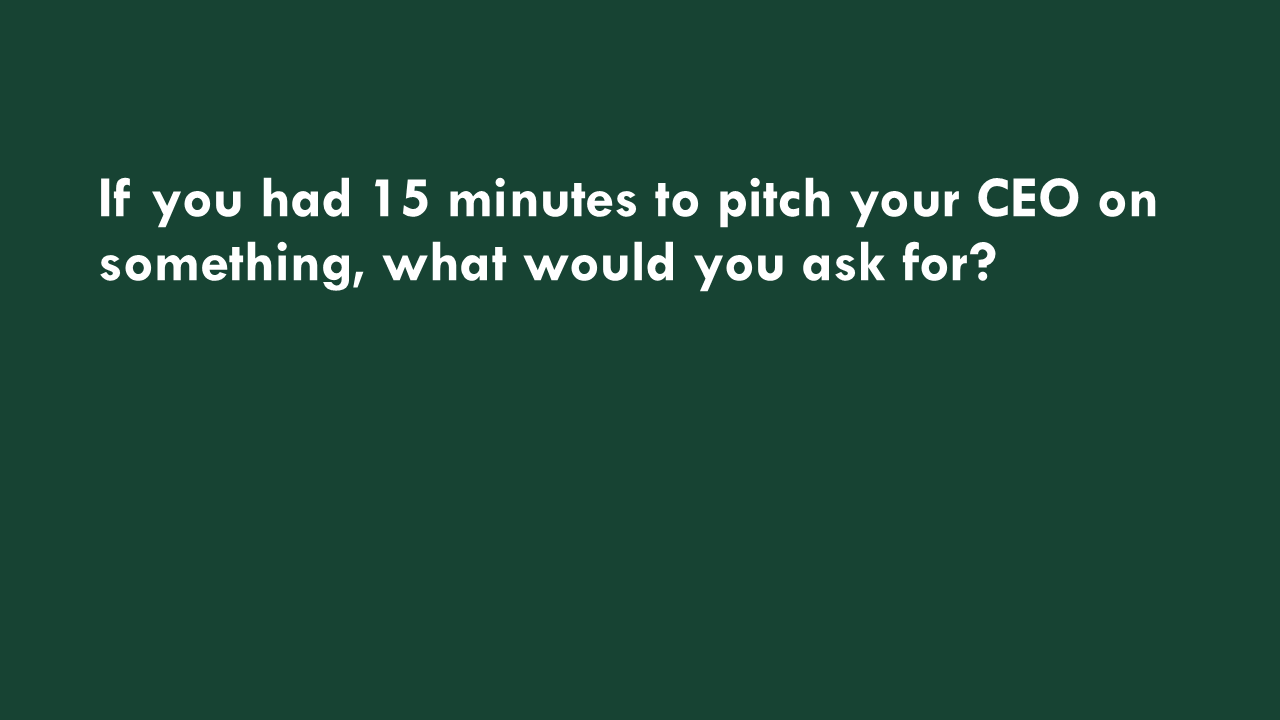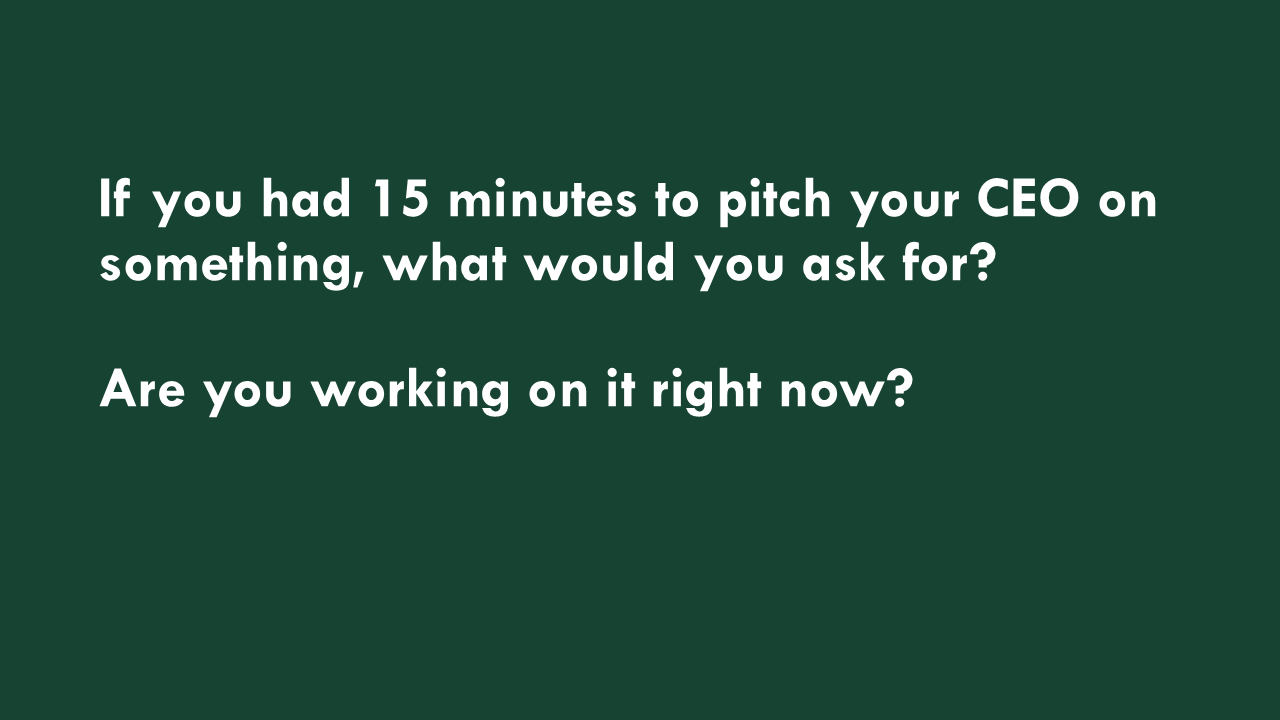The How of Enterprise IA
Enterprise IA problems are rarely caused by tricky information architecture. Instead, people and organizational problems manifest in bad IA.
Deck
I had been at Microsoft for a few months when my manager asked me what I thought we should do with our site’s information architecture. That’s a big question, for a couple of reasons.
Partially because the platform I work on, Microsoft Learn, has forty content types, millions of individual documents, which are contributed by thousands of people, none of whom agree about anything.
But also, frustratingly for many people, because the intellectually-honest answer to most questions about information architecture is, “I’m not sure” or “it depends.”
I had a basic idea of the strategic direction I wanted to take us, though, so I started to give my spiel about how I break down Information Architecture:
The navigation model - the types of navigation you expect to have on the site (persistent, contextual, utility) and the rules for putting them together. I’ve never made an actual sitemap, I’ve never worked on anything small enough, but when people ask for a sitemap, this is what they want.
The content model - The reusable pieces of content this site is made up of and their relationships to each other. If we are a recipe site, it’s probably recipes, but maybe also Chefs, Ingredients, Menus, Blog posts, and Reviews.
I’m talking about websites, but this is also essential if you’re trying to get content to publish wherever you want –digital signage, apps, APIs, etc.
The information model - The infrastructure of taxonomies and other metadata that string it all together and make it work. Pro-tip: If you want somebody to pay for this, call it a knowledge graph, even if it isn’t one yet. Worked for us.
I was feeling great about having a clear articulation of this really complex space and was ready to launch into where I thought we needed to take the product strategy and he clarified:
“No, like, does it go across the top or down the side?” I realized in that moment, that if that’s the decision he needed somebody to make, nobody knew what I was there to do, except for me. My job wasn’t doing good IA; it was figuring out how to be allowed to do good IA.
I see this in many areas where experts work with generalists: information architecture, but also user research, SEO, and content design. As consultants or in smaller contexts, our job is to do our specialty well. We get to focus on the “what.” It makes sense this is what they teach us in school, if you go to school for this kind of thing.
We think our job is to be asking questions like:
- What are the most impactful user research questions we could answer?
- What is the most effective navigation paradigm for this set of users, content, and business goals?
- What technical changes do we need to make to consistently rank in the top 5 for priority queries?
In the enterprise, though, the “what” usually becomes straightforward, because we’re doing a bad job at the basics.. As an IA, I’ve spent my career helping enterprises get to “not terrible.“ That’s not because “not terrible” is good enough and all we should ever hope for.
It’s because getting from “terrible” to “not terrible” is often organizationally more challenging than from “fine” to “good, actually.” It often requires entirely new approaches or ways of thinking about the organization in very basic ways. So you end up with a very basic “what” question:
“What would improve this site’s IA?” and the answer is “Almost anything.” I find that’s really common.
Navigation that’s organized around something other than, “Well, Kevin is the merchandiser for both coolers and mountain bikes, so we just put those together.” I’m not kidding. It had a subcategory for “Bikes, Seasickness, and Sunscreen.” And if you’re laughing at this, I guarantee every one of us has something this messy on one of our sites. That’s what enterprise means.
You don’t get to these kinds of “what” questions as often as you want to in an enterprise context.
Because they are eclipsed by straightforward but difficult “how” questions:
In short, “How can I make anybody else care? It easily becomes “How can I make anybody care about me?” “This “how” question is engaging because it’s emotional, but it’s also not helpful, because mostly, I think you can’t. This is the wrong question.
I think we can ask a better question, because the job is different than we thought it might be. When getting it done is harder than figuring out what to do, getting it done is the job.
At this point in our careers, I think we are all familiar with the idea that certain parts of our jobs are “political” or require us to “do politics.” I find that there’s very little information aimed at people in our world about how you do that effectively. So, I’ve looked deeply into how individuals make things happen in actual political contexts, and there are some accessible tools we can steal. So let’s talk about this art of getting things done in the enterprise as a skill that can be developed and tools that can be used.
One useful tool is a thought exercise: You have fifteen minutes with your CEO (or someone of equivalent power).
Here’s Microsoft’s CEO, Satya Nadella. I tried to pick a picture where it looks like he’s listening.
You have fifteen minutes with your CEO. If your idea is good and evidence is strong, she’ll pick up the phone and call anyone. What do you ask for? I’m going to give you a second, do you have an immediate answer? I didn’t, the first time I tried.
That’s because it’s really hard! For two main reasons: 1. It’s easy to think of ourselves as powerless because we don’t have the authority to make anything happen directly. We need to develop a sense of agency.
It’s easy to keep our ideas in the abstract. Human brains don’t like getting concrete. The problem with that is, your brain doesn’t like it, but nobody else’s does either. These difficulties lead to what I call the “Somebody should DO something!” syndrome. This takes hold easily, where it’s tempting to just gesture vaguely at everything going on that is completely wrong, and just want someone else to fix it. Sure, but who? What should they do? We need to get concrete.
I have some things we can do to get us there.
The first step is to just choose somewhere to start. There’s a temptation to stall here, especially as people ask you, “Is this really the most impactful thing we can do?” The intellectually honest answer is probably “I’m not sure,” but you have to start.
Identify what specifically needs to be your final step. Who makes the commit or presses the button or approves the purchase order? Then work backwards from there. How do things get approved for them to do? How does work get on their backlog? What documents have to be written?
Tie up the loose ends. What else needs to be defined, decided, or written down? The more of this you can do, or outline for other people to help you with, the more likely people are to help you. Remember, human brains don’t like to get concrete. Get concrete for them.
So, let’s talk through a ridiculously simple problem. Microsoft Learn (which used to be called Microsoft Docs) is the platform where Microsoft has centralized all its documentation, learning, and credentialing for technical audiences. When I started, this website was already huge and used by nearly 100 million people a month, and we didn’t have a persistent header on the website. Homepage vs product pages What would be better than this IA? Almost anything!
The underlying problem was that larger organization wasn’t aligned on whether this website should really exist from a user perspective, or it should be “white labeled”, and appear like part of product websites. As a result, it changed with every click. This is not a wicked IA problem. Anybody could come in and say, “Have you considered putting a consistent header on the website?” Whether it was across the top or down the side really didn’t matter. The what was simple and easy. But it had been this way for years, and mostly, nobody else was bothered.
Oddly, in our case, all these parts of the site actually used the same systems, so the different headers weren’t reflecting platform transitions, but organizational transitions. Each team had traditionally managed their own header, it wasn’t clear whether anybody really owned that space from a product perspective, and there wasn’t a site-wide change management process to make a large-scale change like this happen.
I talked you through the header problem, but there were tons of others, almost no metadata, no structured content, convoluted content organization, and Microsoft does not have a definitive list of products and services we sell, but the header was the place I was going to start. It was a real challenge to think this small! It had the benefit of being very visible, I could do a demo to show it to anyone at any time, and new things we were building were making it worse.
What was the final step? I decided it was going to be an engineer merging a commit to live that would deploy a shared header across the whole site. It couldn’t be individual content teams opting in. Work got specced and prioritized for engineering by PMs: PM owned that paper. I needed a PM to be on board. No PM had previously owned it, but there was one that plausibly could, (That’s my guy there, his name is Joe) so I pitched him on this being an important problem.
If I want to change the header, I have to have something to change it to, so I needed a proposal and mockup so everybody could see it. I needed to be able to prove it won’t hurt sales or other numbers marketing cares about, so I needed to do some basic projections and then run an experiment. We were going to have to notify contributors and main stakeholders to the site, so I needed a writeup about what a weird experience we currently had, what we were going to do about it, and how we would make sure it worked after we did it.
This approach is not what I thought my job as an IA was! Deciding what went in the header is the only IA here and it took about six minutes of the two years this took to do. And that can be frustrating, but embracing this reality is really powerful, because it unlocks some things for us.
First, it gets you thinking strategically.
Strategy gets talked about as a lot of different things. At its core, it is: Having a concrete goal and an understanding of the steps and resources required to get there. This is the antidote to the kind of organizational codependence that just tries to get people to care like you do. Nobody cares about information architecture. If they did, they’d be IAs. They care about month over month Azure spend or regulatory compliance or making sure marketing campaigns land.
You can burn yourself out and break your heart trying to get people to care. They don’t need to. They just need to add you to the agenda or create a work item or merge a commit.
Next, we become experts in how our organizations work.
It’s essential to understand the mechanisms by which change actually happens (or not) in the organization you’re working with, whether you’re in-house or consulting.
Milan Gunther calls this “Dancing to enterprise rhythms,” I call this, “A does B so C.” Proving that he has the soul of a poet and I am a mechanic at heart. Most people don’t know very much about how things happen in their orgs. We need to learn.
The goal here is to get close enough to understand the detailed workings without getting so close that you lose your critical distance and desire to change it. I can’t tell you how many times I’ve had the conversation, “This needs to change,” “Here’s how that happened” “Cool, it needs to change” This is context not rationale for it continuing to be that way.
That expertise gives us another superpower: We’ll be able to recognize windows of opportunity for the changes we want to make.
This is often used abstractly, but Windows of opportunity are moments of alignment between three streams: the problem stream, the solution stream, and the political stream. These are the problems the organization is aware of (well-established pain points. We know that publishing takes forever, or there are too many live site incidents), the general solutions people are interested in (approaches that already have buy-in or solutions in search of a problem, treating docs as code or personalization or AI), and the political landscape (what everybody is worried about internally right then, we just had layoffs, everybody’s worried about covering the amount of work we have)
This framework is particularly powerful for IA changes because any IA change will plausibly address many problems, leverage many solutions, and assuage many political worries. We’ve been through Security, extensibility, content quality, personalization, and AI all being THE MOST IMPORTANT things over the past two years, and every single one of them can be honest evidence for us needing better fundamental IA.
It’s easy to see any kind of upheaval as a threat to your program, but I think if you’re consciously considering these three different streams, you’ll notice how a crisis can also nudge them into alignment and give you an opening.
In other words, I want you to never waste another crisis again.
Lastly, if we work through this approach, I think you’ll probably realize that we don’t need the CEO, after all. This exercise usually challenges me to think bigger, because it makes me realize how small the blockers really are. What am I going to do, call Satya and ask him to make someone like my header idea? We can do that closer to home.
Also, people in positions of executive authority do have a lot of power, but it’s often limited in its ability to make things happen. No amount of power is enough to make a wide-ranging agenda move forward. They still ALSO have to think this way.
We probably don’t need the CEO. There’s a much greater chance that we need the person who owns the backlog, makes the agendas, or controls the budget. And usually, they’ll just talk to us.
After I’d thought about this for a while, and we were working with these ideas on my team, I mentioned it to a friend of mine. She’s not in UX, but her family is in politics.
And she was like, “Oh yeah, that’s how my grandfather got Sesame Street its first funding. He’d get us to practice pitching the president at Thanksgiving dinner.” It’s not new, but it is powerful. If this approach can get Big Bird on the air and the first presidential debates televised and communication satellites launched and climate accords ratified, it can also get a header on one silly website. To grossly misuse one of Mr. Minow’s turns of phrase, I can think of easier ways to make a living. It’s not required of any of us, but it is satisfying to get things done. Enterprise scale is what makes it hard, but also what makes it satisfying. We have the potential to affect people at huge scale.
In my case, I figured out that a Joe, that PM colleague of mine, could plausibly own the header as a part of the product, and when I pitched him on it, he told me “I agree, it’s the right thing to do, nobody will ever agree on it, not in a million years.” I asked him to just prioritize and estimate a work item for the technical change, and I’d help make the case.
One year later, while I was actually out on maternity leave, he flipped the switch and we got that single header. I’m particularly proud that this shipped while I was on leave because it meant that it didn’t stall or fall apart as soon as I wasn’t babysitting it.
It’s not a great one! I think most of you could still go to Microsoft Learn and ask, “Wait, they have an IA, much less an IA team??” And like, yes, I know, I am on the internet also. We got it to not terrible.
But more importantly, the way of thinking I’ve talked about here meant that there was then a path to make it better. Somebody owned the code, we owned the content, and we no longer had to make the case that a header should exist. This new one, that I think is pretty good, shipped a while ago.
After really nailing the “how,” and the organizational change needed to get there, we actually got to do a little IA. And I think we did a good job.
On subsequent projects, we’re getting to do a lot of really interesting IA that is leading to things that I think are actively good and innovative, not just “not terrible.” But it took a lot of working the org to get there.
In a simpler business context, at a less senior level, you get to just do good work. And that’s enough. At our level, unfortunately, it’s not. It’s rare that nobody knows what would make things better, it’s that nobody knows how to make it happen. That’s a valuable gap to fill, and we need lots of different tools in our toolbox to make things happen, like a simple thought exercise to help you get something transformative shipped.
One more time, just a question to think on.
And then maybe, a more challenging one. I can’t wait to hear what you do.
References
Kalil, T. (2017). Policy Entrepreneurship at the White House: Getting Things Done in Large Organizations. Innovations: Technology, Governance, Globalization, 11(3–4), 4–21. https://doi.org/10.1162/inov_a_00253
Minow, N. (1961, May 9). Television and the Public Interest [Speech]. National Association of Broadcasters, Washington D.C. https://www.americanrhetoric.com/speeches/newtonminow.htm
Mintrom, M. (2020). Policy entrepreneurs and dynamic change. Cambridge University Press.















